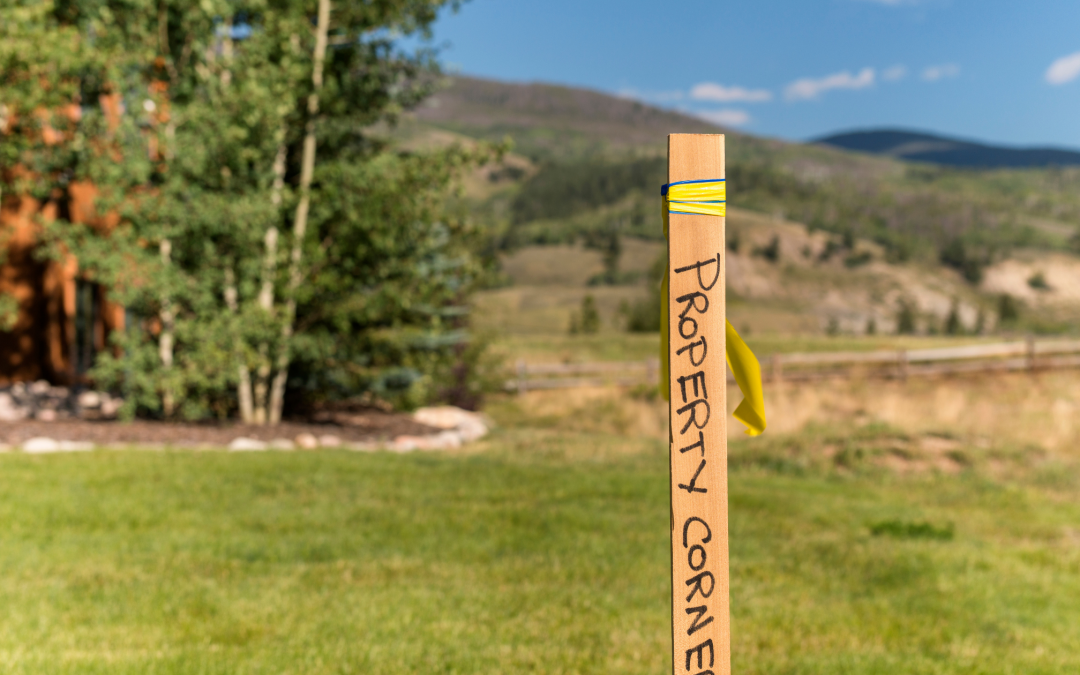Real property reports (RPRs) play a critical role in real estate transactions. If you’ve experienced buying a house before, you’re probably familiar with the standard home inspections that help you get a closer look at a specific property. However, aside from this, it’s equally important to conduct a land survey to read through the RPR before finalizing a sale.
Land surveys are comprehensive inspections that map out properties or parcels of land to identify their boundaries and locate different features. They can be used for many purposes, but for real estate transactions, these surveys are done to create the RPR. Get to know more about what this document contains and, more importantly, who shoulders the cost for them.
What is a Real Property Report (RPR) or Building Location Certificates?
A Real Property Report (RPR), or Building Location Certificate (BLC), is the legal document prepared by Land Surveyors to provide a full-picture property view showing improvements to the property relative to property lines. Generally, they contain key information like:
- Legal description, and Civic address of the property
- Date of the survey, and when the RPR of BLC was certified
- Land Title Information
- Location and measurements of all buildings/structures and visible improvements
- Location and measurements of encroachments (if any)
- Rights-of-way and easements listed on the copy of the pulled Title
- Designation of adjacent properties, roads, lanes, etc.
- Licensed Land Surveyor’s certification
In Alberta, after an RPR is certified, they should be submitted to the municipal authority to get a Certificate of Compliance. This serves as the green light that the property is free from issues like encroachments and relaxations and is compliant with all zoning regulations.
How Much Do Real Property Reports Cost?
Prices may differ significantly per report or certificate, including the municipality Certificate of Compliance fees. Costs may vary based on factors like:
- Property Size. Naturally, surveying larger homes and lots will be more expensive since the process requires more time and effort.
- Speed. Land surveys and RPRs or BLCs take around one to two weeks to complete based on a company’s capabilities.
- Availability of Evidence. If there’s a lack of evidence defining a certain property’s boundaries, the RPR may cost more since surveyors will need to use more complex methods and tools.
- Distance. Travel costs are also considered when calculating RPRs or BLCs fees, so it’s important to check how far the property is from the surveyor’s location.
Who Pays for the Land Survey?
Now that you have a better idea of how much an RPR may cost, the main question is who will be paying for the land survey. Check out the possible situations below.
Sellers Pay
In most cases, sellers pay for the survey since it’s their responsibility to have an updated RPR ready upon listing their property. Almost all buyers and real estate lawyers will ask for a copy of the document for verification or financing purposes, so it’s important to have one on hand to avoid delays in your transaction.
So, if you don’t have an existing RPR, you should order one immediately to review the data and make sure there are no pressing issues. Then, once the municipality declares that your property is compliant, you can proceed to your actual sale.
Now, if you already have an existing report, this doesn’t necessarily mean you can move straight into the sale since you need to verify if the document is up-to-date. Regardless of when you surveyed your property, the key question is whether you have made any changes since then. If you added or altered anything, you’d need a new report to reflect the current conditions.
If you recently invested in improvements like building a new deck, you should reorder your RPR to reflect these changes. Like what you did the first time, you’ll need to get a Certificate of Compliance from the municipal authorities for the updated version.
Buyers Pay
While sellers pay for the land surveys most of the time, there are some situations when buyers shoulder the cost. One instance is if you feel like there may be issues with a property you’re interested in purchasing. In this case, you may want to get an RPR yourself as part of your due diligence, similar to how you would pay for a home inspection or appraisal.
Another possible situation is if title companies notice complications that may lead to title issues. If this happens, they’ll usually order an RPR on the buyer’s behalf; then, you’ll pay for the survey as part of your closing costs.
As a whole, RPRs help streamline real estate transactions by providing all stakeholders with a detailed view of the property and all structures within its boundaries. By having the document on hand, buyers and sellers can make more informed decisions, ultimately avoiding legal complications in the process.

